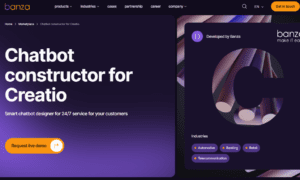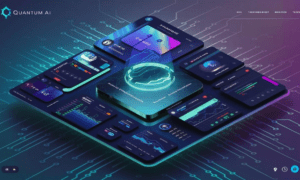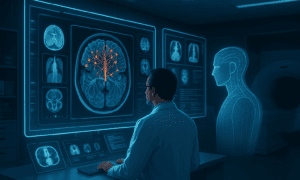In the modern era, Bharath Kumar Reddy Janumpally, a researcher in cloud computing, examines the transformative impact of serverless architectures on customer support systems. His latest analysis highlights how event-driven frameworks enhance scalability, cost efficiency, and operational performance, redefining traditional approaches to managing dynamic workloads and improving customer service interactions.
The Limitations of Traditional Architectures
Traditional customer support infrastructures, built on monolithic systems or basic microservices, often struggle with efficiently managing dynamic workloads. These systems require significant resource provisioning, resulting in high costs during low-traffic periods and potential service failures during peak demand. As customer expectations evolve, requiring real-time responses across various communication channels, businesses face increasing pressure to enhance service efficiency. The growing demand for instant, seamless support highlights the necessity for agile, scalable solutions that can dynamically adjust to varying workloads and ensure consistent service delivery.
Serverless Computing: A Game-Changer in Cloud Infrastructure
Serverless computing removes the complexities of infrastructure management, enabling businesses to concentrate on core operations while benefiting from automatic scaling and cost-efficient pay-per-use pricing models. Unlike traditional auto-scaling solutions, serverless frameworks dynamically adjust resource allocation in response to workload fluctuations, significantly enhancing efficiency. The transition from Platform-as-a-Service (PaaS) to serverless architectures has demonstrated substantial improvements in flexibility, cost savings, and performance. These advancements have positioned serverless computing as a game-changer for cloud-native applications, providing organizations with a more streamlined and responsive approach to scaling their operations.
Event-Driven Architectures: Enhancing Responsiveness
The proposed serverless framework adopts an event-driven model, where customer queries trigger real-time function execution. By decoupling event ingestion, processing, and response generation, it enables seamless scalability and high throughput. Integrating event orchestration platforms such as Apache Kafka or AWS EventBridge allows asynchronous management of customer interactions, enhancing system responsiveness. This approach ensures efficient workload distribution, optimizing performance and providing a more adaptive and resilient customer support experience.
Addressing Cold Start Challenges and Latency
One of the primary concerns with serverless computing is cold start latency—delays that occur when a function initializes after being idle. The study presents strategies to mitigate these delays, such as implementing provisioned concurrency and optimizing container reuse. By reducing cold start times, serverless functions can deliver consistent response speeds even during peak workloads.
Comparing Serverless with Traditional Approaches
A detailed evaluation highlights the performance benefits of serverless frameworks over traditional architectures. Metrics such as response times, event processing rates, and operational costs demonstrate clear improvements. The analysis reveals that serverless architectures achieve a 45% improvement in average response times and a 30% reduction in infrastructure costs compared to microservices-based implementations.
Scalability and Cost Efficiency at Its Core
The research underscores the inherent scalability of serverless systems, particularly in handling unpredictable customer service surges. Unlike conventional models that require static provisioning, serverless environments automatically scale based on real-time demand. This dynamic allocation ensures optimal resource utilization, significantly lowering operational expenses while maintaining system reliability.
Integrating Machine Learning for Intelligent Support
Future advancements in serverless computing will focus on integrating machine learning (ML) capabilities. ML-driven support systems can automate ticket classification, predict service load fluctuations, and personalize customer interactions. These enhancements promise to further streamline operations and improve overall service quality.
Security and Data Consistency Considerations
With the increasing reliance on distributed architectures, ensuring secure data transactions and maintaining consistency across asynchronous workflows remain critical. The research explores solutions such as event sourcing and stateful workflows to enhance data integrity in a serverless environment. Additionally, improved authentication protocols and access control mechanisms are proposed to bolster security.
Future Prospects: The Road Ahead
As serverless computing continues to evolve, its application in customer support is set to expand. Multi-region deployments and enhanced observability frameworks are expected to further optimize performance. The research suggests that businesses adopting serverless architectures will benefit from increased flexibility, improved cost-efficiency, and seamless scalability.
In conclusion, Bharath Kumar Reddy Janumpally’s research highlights the transformative impact of serverless computing in customer support systems. By leveraging event-driven architectures, organizations can achieve greater resilience, cost-efficiency, and scalability compared to traditional models. This positions businesses to enhance their customer service strategies and seamlessly adapt to the evolving demands of the digital era.



































